A real trip: a modern look at Mexico’s traditional plant medicine
From time to time, I’m presented with a topic that transports me into a rabbit hole of investigation from which I emerge only days later. This is one of them.
Traditional plant medicine in Mexico is layered. To say I have even scratched the surface with the research for this article would be a gross understatement. But, I must pull myself out of the weeds (pun intended) to share my findings.
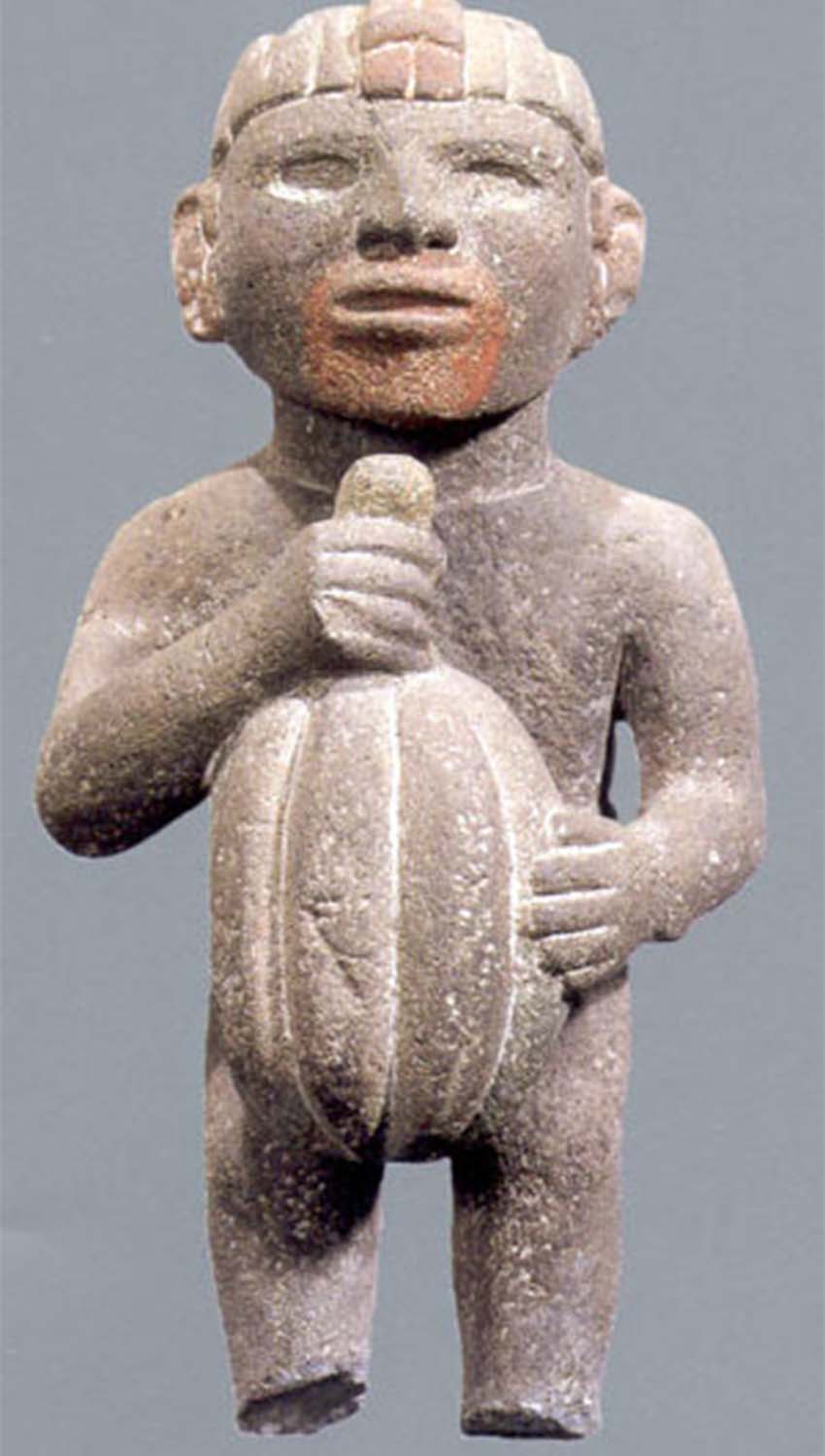
I’m not referring exclusively to psychedelics. This genre encompasses a much larger swath of the plant kingdom, nearly all of which can be traced back to the beginnings of Mesoamerican civilization.
Of the 23,314 vascular plant species native to Mexico, anywhere from 3,000–5,000 are thought to have medicinal benefits, according to the University of Texas at El Paso’s Herbal Safety website. Many, like the ones I’ve listed below, are still used today.
For the record: I am not a doctor, nor a scientist. Please find out more details on these herbs before deciding to use them at your own risk.
Mexican arnica
Not to be confused with European arnica, Mexican arnica still reaps similar anti-inflammatory benefits. For stomach issues and nervous disorders, it was traditionally ingested in a tea form. Today, it is commonly found as a tablet or cream applied topically to reduce swelling and inflammation.
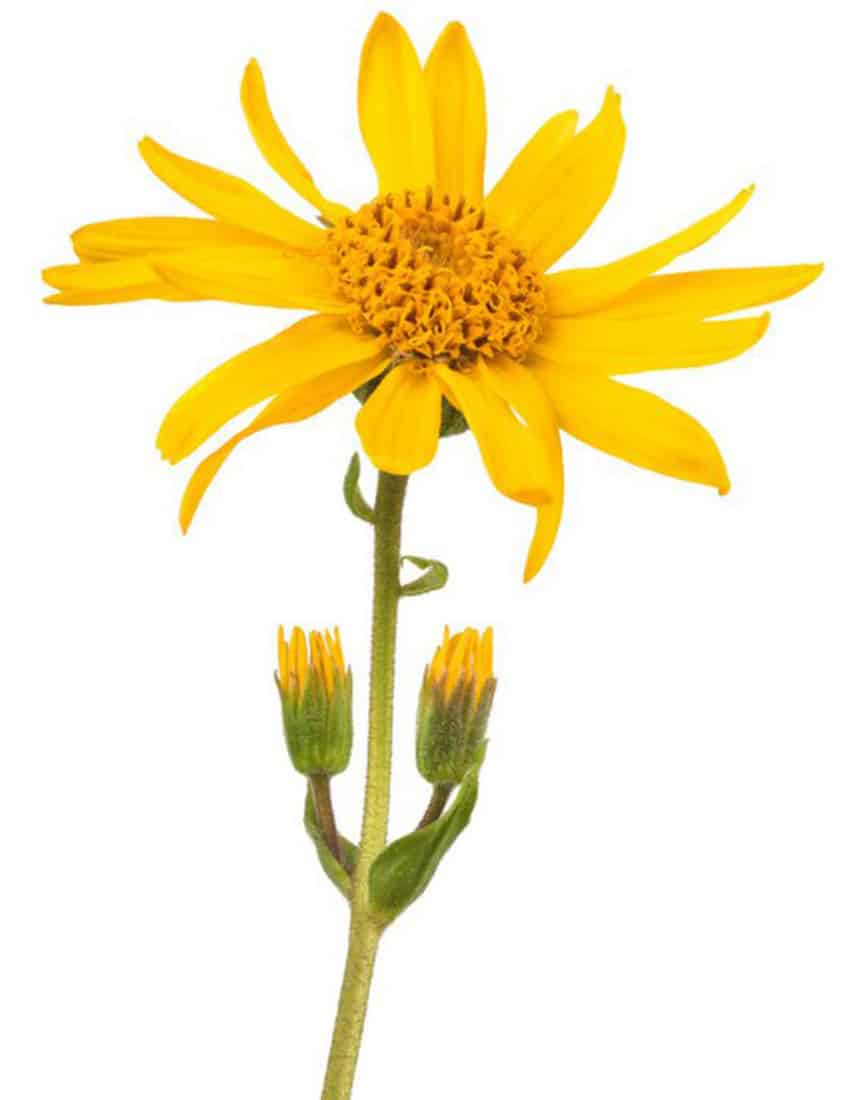
Aloe vera
Aloe, like leather bombers, is a forever trend. For centuries, it’s been used to improve digestion and treat burns. It’s now found in beverages, lotions and other over-the-counter skin-care products. Several Mexican states use the plant as a supplement for Type 2 diabetes.
Sarsaparilla (Mexican zarsaparilla)
Sarsaparilla was a Mesoamerican go-to for patients in need of an anti-inflammatory or an immunity booster. It’s also thought to improve liver function. You will most commonly find it today sold as a tea.
Mexican oregano
Oregano oil is a staple in most plant-medicine cabinets as an alternative to antibiotics. Mexican oregano was, and is, used to fight respiratory illnesses and stomach ailments and promote overall healing. The Maya have been using it for centuries to cure or relieve patients of asthmatic conditions.
Damiana
Found in the driest regions of Mexico, damiana boasts a wide variety of health benefits for your intestinal tract and bladder. It’s even used as an antidepressant. However, damiana’s real draw is its aphrodisiac qualities, a fact long known by the Maya.
Copal
You probably know very well that distinct, smoky scent of burning copal used to cleanse unnecessary energies from your body or home. For thousands of years, the coveted tree resin was also used as a Mesoamerican medicine to cure toothaches, headaches and diarrhea.
Maize
A self-proclaimed tortilla addict, I was disappointed to learn medical maize isn’t used as often today as it was in the past. Everyone from the Mexica (Aztec) to the Maya used corn to cure fevers, fatigue, ulcers and kidney problems.
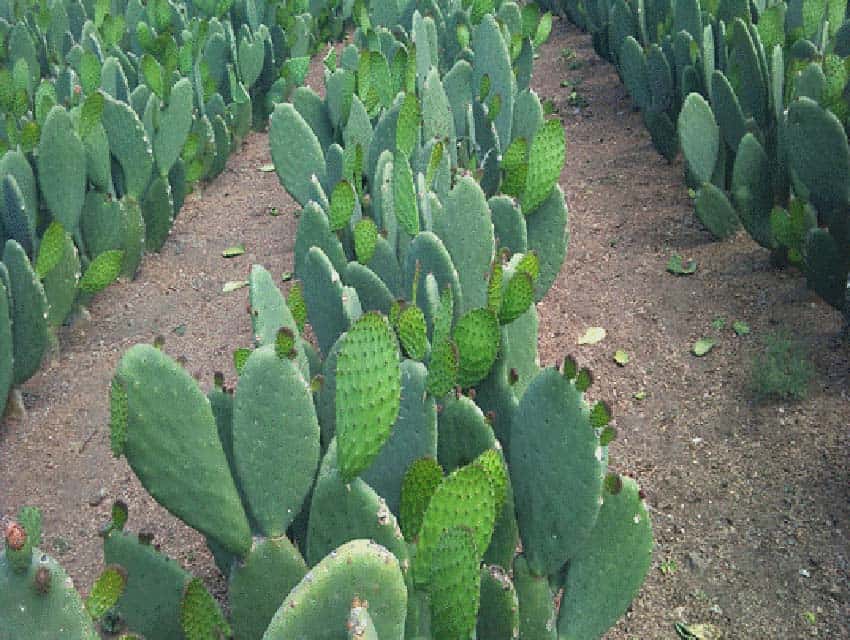
Nopal
Joint pain? Nausea? Diabetes? If you like to “eat your medicine,” you’ll be delighted to learn that nopal cactus was used traditionally to cure such ailments. Modern alternative medicine practitioners tout the prickly pear’s ability to lower inflammation and regulate blood glucose levels.
Chayote
Originally used medicinally by the Mexica, we now know that the compounds in chayote squash promote heart health and control blood sugar. It’s often suggested as an anti-arteriosclerosis.
Cacao
Its use to treat fatigue, promote weight gain and improve digestion among the Mexica and Maya has been well documented by researchers. But why are cacao ceremonies all the rage these days?
Aside from mood-boosting phenylethylamine and high levels of antioxidants, some indigenous peoples of Mexico believe that the deity Quetzalcoatl brought it from the gods.
“[It’s] the blood of the earth, through which we can obtain strength, sensitivity and joy at being alive,” says Giovanna Navarro, a Mexico City native who has been leading cacao ceremonies for five years.
Okay, okay. You’re itching to hear a bit about the trippy stuff, aren’t you?
Not one to disappoint, let’s continue into the field of hallucinogenic plant medicines, better known as psychedelics.
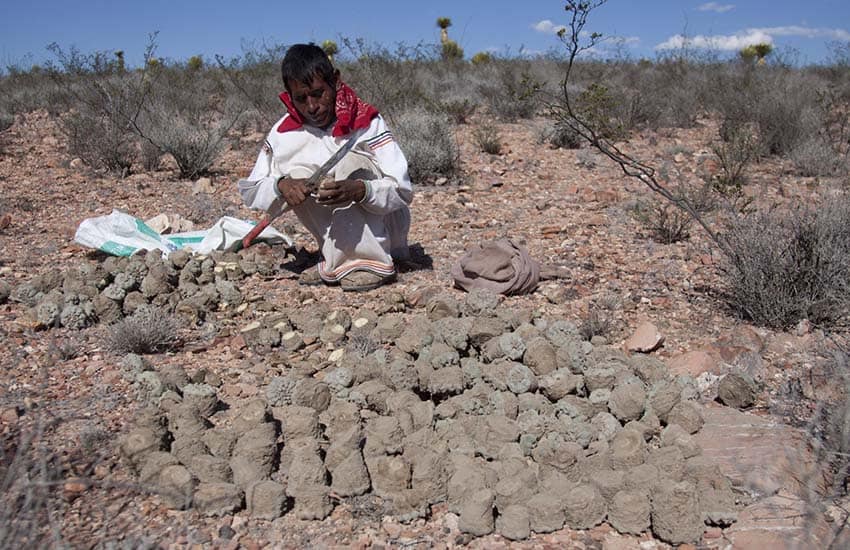
Peyote
A cactus native to Northern Mexico that contains mescaline, peyote is a naturally- occurring psychoactive alkaloid. (I mentioned I’m not a scientist; that sentence made me feel like one.)
Its use can be traced back more than 5,000 years as both a hallucinogen and enema for fever reduction. Eating it raw can be highly nauseating, so it’s common to ingest it as a powder. Peyote is used today to increase creativity, awareness, euphoria and assist in chronic pain relief.
Salvia divinorum
Also known as la hierba de la pastora (the shepherdess’ herb) Salvia divinorum is grown in Oaxaca’s Sierra Madre Oriental and used ritualistically by the Mazatec. Medicinally, it’s said to improve stomach ailments like “swollen belly” and diarrhea, as well as anemia and headaches.
It’s usually smoked or taken as a tincture and is so powerful that high doses can lead to complete loss of physical control. The trip is said to be colorful, light and full of laughter when taken properly.
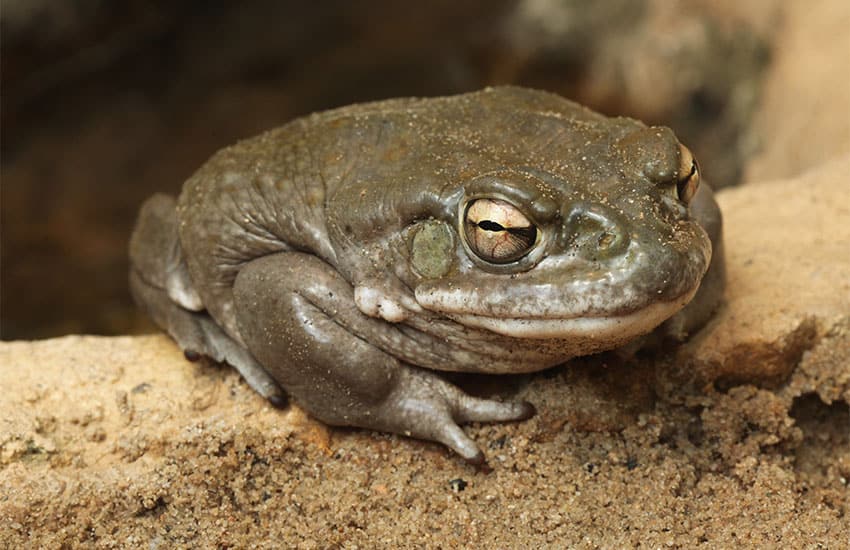
Bufo alvarius
Not a plant, but natural nonetheless. The Bufo alvarius (Colorado river toad) is native to the state of Sonora, and it was used as far back as the Olmec period. Its skin secretes a powerful substance with high concentrations of 5-MeO-DMT, a substance that some believe is produced in the human pineal gland during birth, death, positive moods and REM sleep. It has not yet been scientifically proven to be present in humans, though animal studies have shown that trace amounts can be found in rats.
This medicine “stimulates the immune system and triggers healing by eliminating the emotional root of disease”, according to Emmanuele Rodríguez (IG @mandalacafe_), an ancestral medicine therapist in Mexico City.
The substance is crystallized and smoked in sessions lasting up to 15 minutes.
Note: If you plan on experimenting with psychedelics of any kind, please talk to a professional and please do so in the presence of an experienced practitioner.
Bethany Platanella is a travel and lifestyle writer based in Mexico City. With her company, Active Escapes International, she plans and leads private and small-group active retreats. She loves Mexico’s local markets, Mexican slang, practicing yoga and fresh tortillas. Sign up for her (almost) weekly love letters or follow her Instagram account, @a.e.i.wellness.
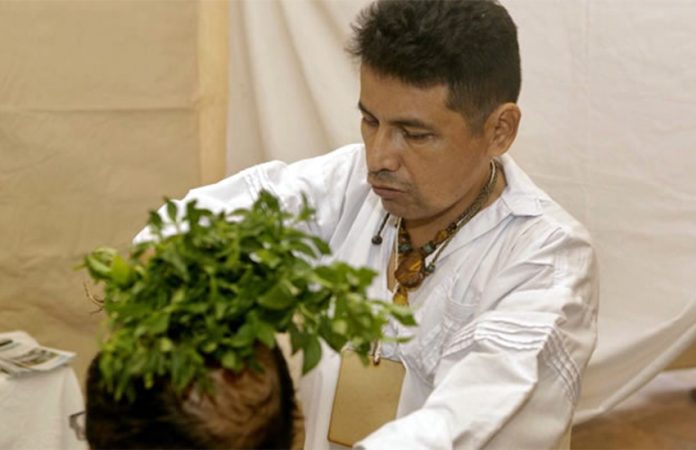






No comments:
Post a Comment
Thank you. Comments are welcome.
ivan